
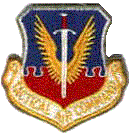


|

 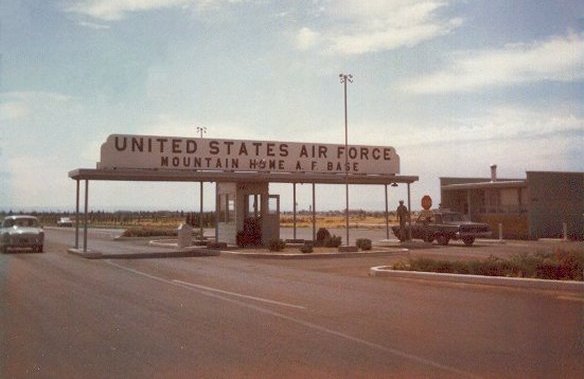 |
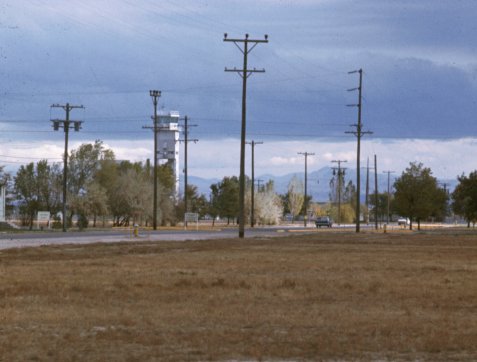 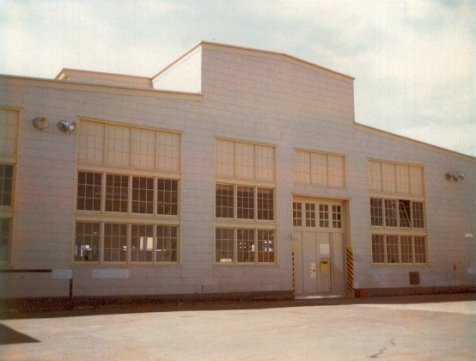 |
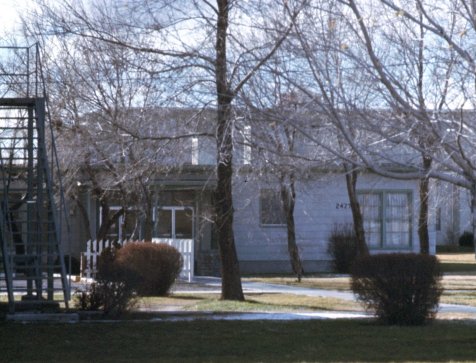 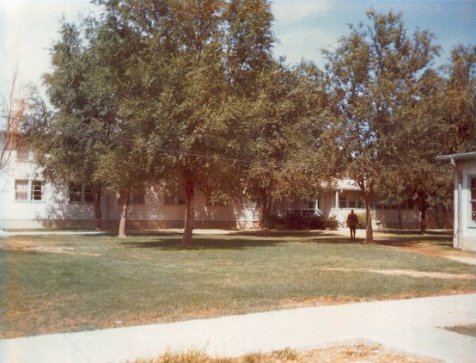 |

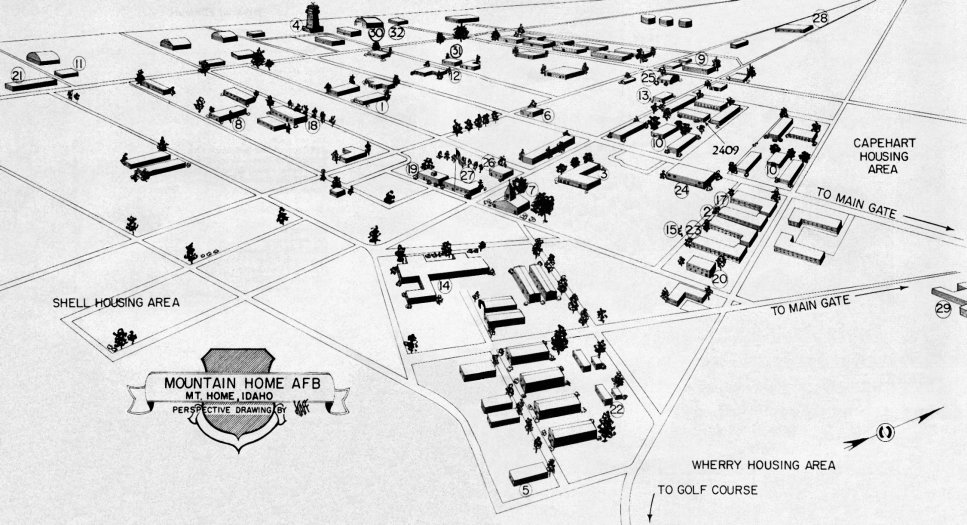 |
| Facility. | Building Number. | Facility. | Building Number. | |||||||||||||||||||||||||||||
|---|---|---|---|---|---|---|---|---|---|---|---|---|---|---|---|---|---|---|---|---|---|---|---|---|---|---|---|---|---|---|---|---|
| 1. ARTS - CRAFT CENTER | 806, 807 | 17. NCO BQ | 2601 | |||||||||||||||||||||||||||||
| 2. BOQ | 2603 | 18. NCO OPEN MESS | 612 | |||||||||||||||||||||||||||||
| 3. BASE EXCHANGE | 2607 | 19. NEWSPAPER | 1501 | |||||||||||||||||||||||||||||
| 4. BASE OPERATIONS - AIR TERMINAL | 262 | 20. OFFICERS OPEN MESS | 2605 | |||||||||||||||||||||||||||||
| 5. BASE NURSERY | 137 | 21. PERSONNEL | 278 | |||||||||||||||||||||||||||||
| 6. BOWLING LANES | 927 | 22. POST OFFICE | 111 | |||||||||||||||||||||||||||||
| 7. CHAPEL | 2606 | 23. SAGEBRUSH HOTEL | 2604 | |||||||||||||||||||||||||||||
| 8. CLOTHING SALES | 603 | 24. SERVICE CLUB | 2618 | |||||||||||||||||||||||||||||
| 9. COMMISSARY | 1213 | 25. SWIMMING POOL | 2370 | |||||||||||||||||||||||||||||
| 10. DINING HALLS 1 & 2 | 2427, 2413 | 26. THEATER | 1612 | |||||||||||||||||||||||||||||
| 11. EDUCATION OFFICE | 228 | 27. WING & BASE HEADQUARTERS | 1506 | |||||||||||||||||||||||||||||
| 12. FINANCE | 928 | 28. EMO | 1325 | |||||||||||||||||||||||||||||
| 13. GYMNASIUM | 2371 | 29. BASE SCHOOL | **** | |||||||||||||||||||||||||||||
| 14. HOSPITAL | 100 | 30. PASS & I.D. BUILDING | 216 | |||||||||||||||||||||||||||||
| 15. HOUSING OFFICE in Sagebrush Hotel | 2604 | 31. CREDIT UNION | 1012 | |||||||||||||||||||||||||||||
| 16. MAIN GATE | 603 | 32. JET ENGINE SHOP | **** | |||||||||||||||||||||||||||||

 |
Construction of Mountain Home Army Air Field began in Idaho in November 1942 and the new field officially opened August 7, 1943. Shortly thereafter, airman at the field began training United States Army Air Force crews for World War II. The 396th Bombardment Group (Heavy) was the first unit assigned and its planned mission was to train crews for the B-17. However, before the first B-17s arrived, plans for the field changed and the 396th was transferred to Moses Lake, Washington.
Instead of training B-17 crews, Mountain Home airmen began training crews for the B-24 Liberator. The first group to do so was the 470th Bombardment Group (Heavy), which trained at Mountain Home from May 1, 1943, until January 1944, when the unit moved to Nevada. The 490th Bombardment Group (Heavy) replaced the 470th and trained B-24 crews until it deployed to England in April 1944. The 494th Bombardment Group then replaced the 490th, once more training Liberator crews.
The base also received fighter aircraft to add realism to its training. A few P-38 and P-63 pursuit planes arrived in January 1945 to simulate attacks on B-24s. In June 1945, Mountain Home also briefly served as a training base for the new B-29 Superfortress, but the end of the war in August brought a swift end to the new mission and, for a time, to the base at Mountain Home. The base was placed in inactive status in October 1945.
The base remained inactive until December 1948 when the newly independent United States Air Force assigned first the 5th Reconnaissance Group and then the 5th Strategic Reconnaissance Wing and their RB-17s to Idaho and the newly renamed Mountain Home Air Force Base. This new lease on life was short-lived, however, lasting only until April 1950, when the base once again closed.
But less than a year later, the base was reactivated, hosting the 580th, 581st, and 582nd Air Resupply and Communications Wings over the next three years. They flew C-119, B-29 and SA-16 aircraft and trained to support what we know today as covert and special operations.
When the last of these wings departed for overseas duty in 1953, the base was transferred to Strategic Air Command that assigned its 9th Bombardment Wing to Mountain Home. The 9th relocated to Mountain Home AFB in May 1953, and began flying B-29 bombers and KB-29H refueling aircraft. The 9th began converting to the new B-47 Stratojet bomber and the KC-97 tanker in September 1954, keeping alert bombers ready for war at a moment�s notice and continuing its mission as a deterrent force throughout the Cold War years of the 1950s and early 1960s.
In 1959, construction of three Titan missile sites began in the local area. The 569th Strategic Missile Squadron controlled these sites and was assigned to the 9th Bombardment Wing in August 1962. To prepare for the addition of missiles to its bomber forces, Air Force re-designated the wing as the 9th Strategic Aerospace Wing in April 1962.
A few years later, the Strategic Air Command mission at Mountain Home began to wind down, and in November 1964, the Air Force announced that the missile sites would be closed. In late 1965, the Air Force also began phasing out the aging B-47 bomber and announced plans to bring the 67th Tactical Reconnaissance Wing to Mountain Home.
In January 1966, with the closure of the missile sites and the move of the 67th to Mountain Home, control of the base passed from Strategic Air Command to Tactical Air Command. The 67th flew RF-4C aircraft and conducted photographic, visual, radar, and thermal reconnaissance operations. Two years later the 67th also conducted tactical fighter operations with the addition of a squadron of F-4D Phantoms. This fighter mission lasted until late 1970 when the F-4Ds were reassigned.
 |

 |
